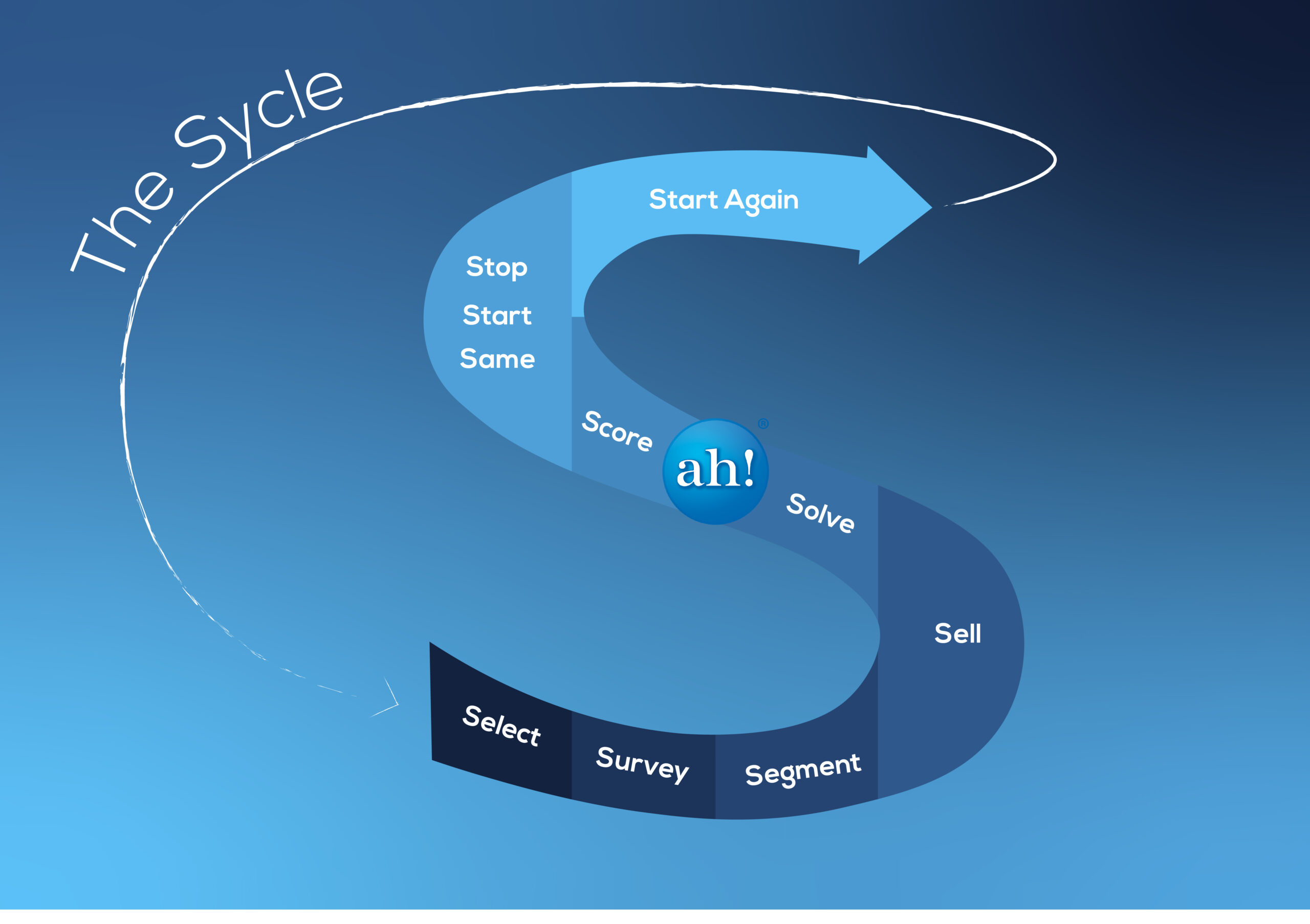In population health management, the goal is to improve the health outcomes of a specific population. To achieve this, healthcare providers must gather information about the population’s health status, behaviors, social issues and risk factors. The second step in the Population Health Sycle(TM) (PHS) framework is Survey, which involves collecting data about the population. The term Survey is used in its broadest sense to gather data by all means and from all sources.
The purpose of surveying the population is to identify high-risk individuals and groups who are most in need of interventions. This information can be used in the next step to Segment the Population to develop targeted interventions that are more likely to be effective.
There are several factors to consider when designing a population health survey. First, it is important to identify the specific information that is needed. The survey should be tailored to the specific needs of the population being studied. Second, it is important to use reliable and valid survey instruments. Several validated surveys are available for use in population health management.
There are several methods for collecting data, including surveys, interviews, medical records, claims data apps and devices as well as Remote Patient Monitoring. The choice of data collection method depends on the population and the specific information needed.
Surveys are one of the most commonly used methods for collecting data in population health management. Surveys can be administered online, over the phone, via text or chat, or in person. Online surveys are cost-effective and easy to administer, making them a popular choice. However, online surveys may not be appropriate for all populations, as some groups may not have access to the Internet or may not be comfortable completing surveys online.
Phone surveys are another method for collecting data. Phone surveys can be useful for populations that are difficult to reach or that require more in-depth questioning. Phone surveys can be expensive and time-consuming, but they can provide more detailed information than online surveys.
In-person surveys are the most time-consuming and expensive method of data collection. However, in-person surveys can provide the most comprehensive data, as they allow for face-to-face interaction and can include physical examinations and if they are done in the home can provide valuable information on the person’s living conditions. In-person surveys can also be useful for building trust with the population and for developing a deeper understanding of the population’s needs.
The use of newer technologies such as chat, text, and data gathering through apps and from devices, can be extremely useful by providing unique patient-generated data.
In addition to surveys, healthcare providers can also collect data through interviews. Interviews allow for open-ended questioning and can provide more detailed information than surveys. Interviews can be conducted in person or over the phone, and they can be handy for populations with low health literacy.
Medical records and claims data are other valuable sources of information for population health management. Medical records can provide information about the population’s health history, medications, and previous diagnoses. While claims data can provide information across systems as well as utilization and costs.
Newer data elements that can be of use with certain programs include genomics. And one should also gather behavioral data such as Readiness to Change via the Prochaska Transtheoretical Behavior Change model or Patient Activation Measures (PAM).
Social Determinants of Health Data have also begun to be incorporated and provide vital information for understanding the population, its individuals, and their needs. Solving many of these issues is key to success. In fact, when I was developing Medicaid Disease Management programs in the early 2000s, I was not aware of the term Social Determinants of Health. But I had a slide I used in my orientation

And that is what we did.
One critical point to the Survey portion of any program is to gather data that is impactful. The data must mean something to the program, be actionable, and importantly if you don’t want to create frustrated staff, try not to gather data that they don’t have the systems or resources to do something with.
Once data is collected, it must be analyzed to identify key trends and health issues, gaps, and potential interventions. This leads to the third step of the PHS framework, Segment. Segmenting the population involves dividing the population into subgroups based on shared characteristics, such as age, gender, or risk factors. This allows for more targeted interventions that are tailored to the specific needs of each subgroup.
In conclusion, surveying the population is a critical step in the PHS framework for population health management. Data collection methods such as surveys, interviews, medical records, claims, and other data and sources can provide valuable information about the health needs of the population. By analyzing this data, healthcare providers can identify critical trends and health issues and develop targeted interventions to improve health outcomes. The next step in the PHS framework is Segment, which involves dividing the population into subgroups based on shared characteristics. This step allows for more personalized interventions that address the specific needs of each subgroup.
So whether you’re looking for assistance developing population health management programs, or improving one you already have contact us or call us at 904*613*1224.

